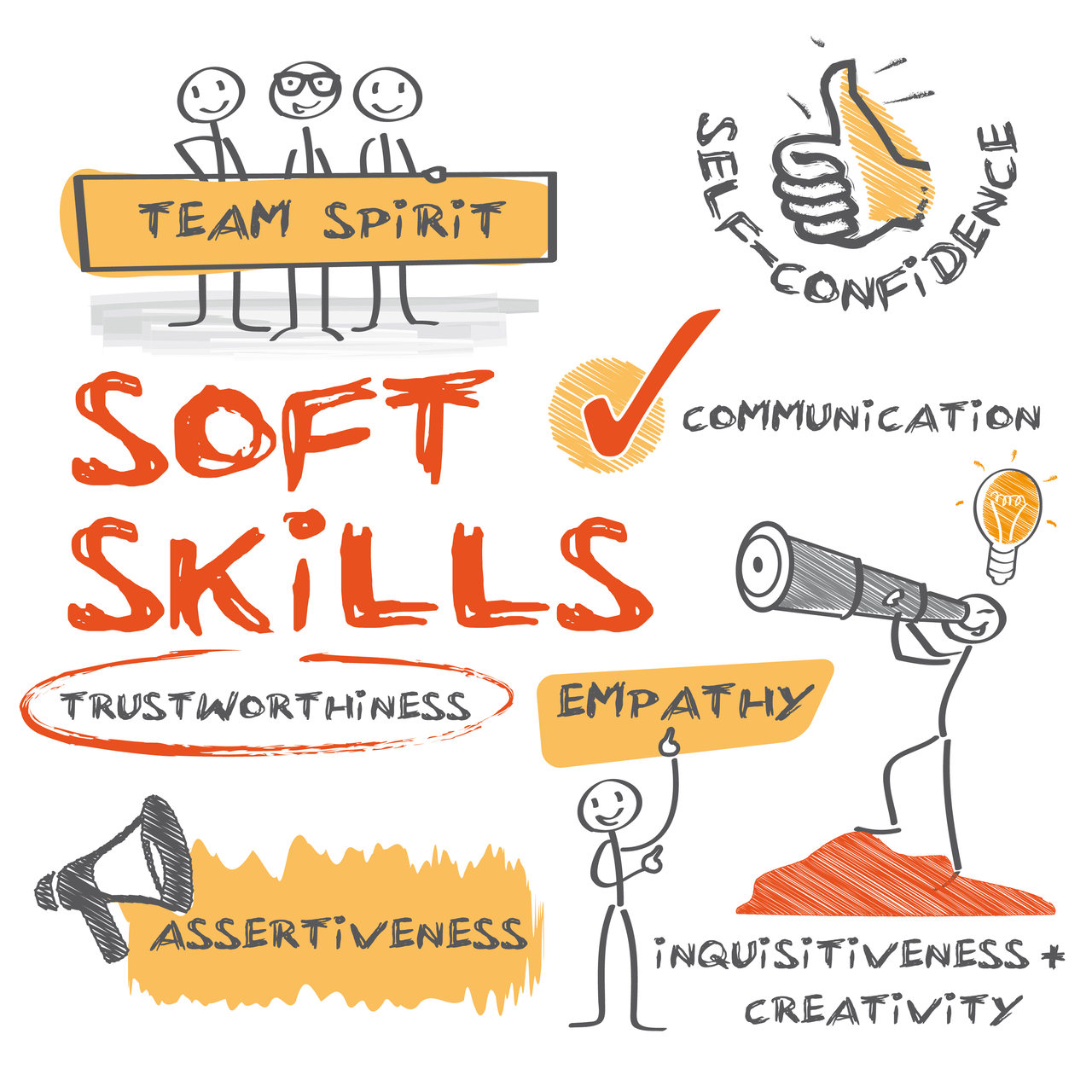
Drop off your Resume
At Pareto, we go above and beyond to find the right fit for both you and a prospective employer. Taking people of high potential and placing them in positions where they can excel.
At Pareto, we go above and beyond to find the right fit for both you and a prospective employer. Taking people of high potential and placing them in positions where they can excel.
How to tell stories so that people listen. In Martin Scorsese’s 2013 ...

By Pareto Team


In Martin Scorsese’s 2013 film ‘The Wolf of Wall Street’, there is a memorable scene that introduces Jordan Belfort's selling technique. Jordan demonstrates this through a cold call, and explains to those sitting around him, that the only objection that a client will have is trust. Jordan instinctively understands how to tailor his pitch to scam his client. He does this through storytelling. Whilst the Wolf of Wall Street is the opposite of the average salespeople's day to day life, that doesn’t mean that the film is completely invaluable. As most successful leaders and salespeople have already figured out, there is power in captivating stories.
The easiest way to build empathy is through the ‘felt, found, feel method’, a technique used by Apple during internal training. This technique is best employed when encountering an objection, it works like this:
Did you know that you’re 68% more likely to remember a fact if it has a percentage in it? This statistic is completely bogus, but there has been a scientifically proven link between combining logic and emotion for successful pitching. Using statistics to build compelling case studies is the best way to appeal to all aspects of a client. Whilst this will require research and an understanding of your results, it can be a very effective tool.
The best salespeople have a ‘stock’ of these stories that they can adapt to their customer. It’s a lot easier to do this if you have a mental, (or physical) library of stories that you can practice and prepare. This can be anything from successful pitches, client achievements, or even, a time you’ve boosted team morale. This is incredibly easy to do once you get yourself into the habit of this. Have you got any storytelling techniques? Let us know on Twitter or LinkedIn